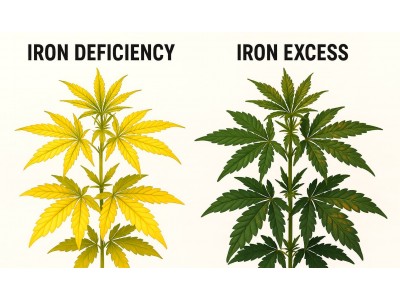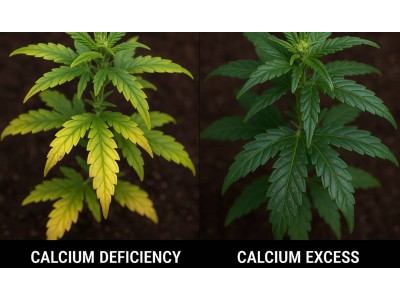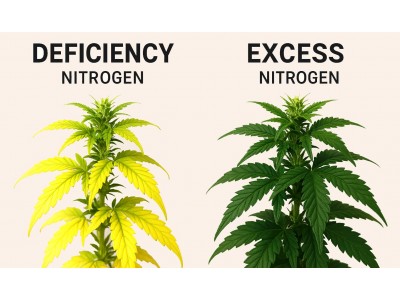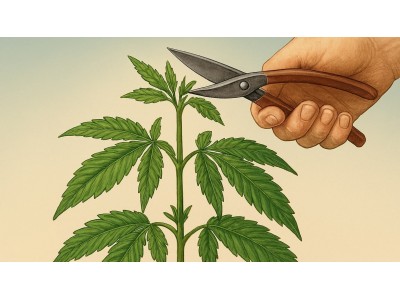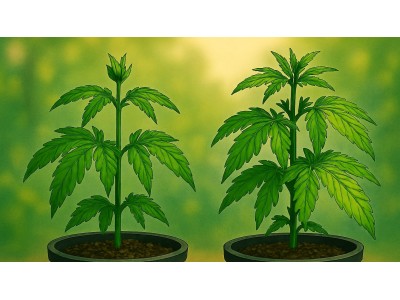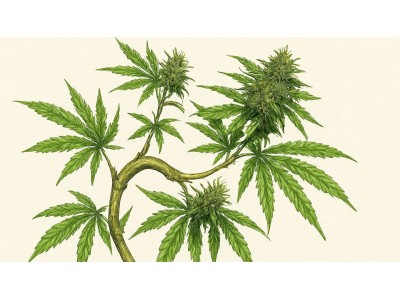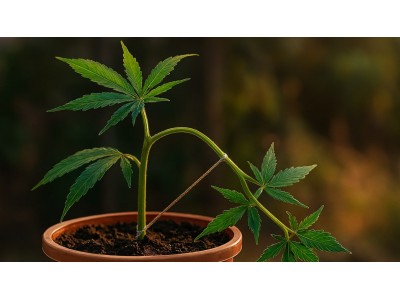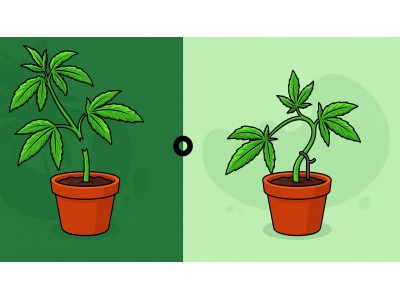0.00€
CheckoutWhen is the ideal time for harvesting
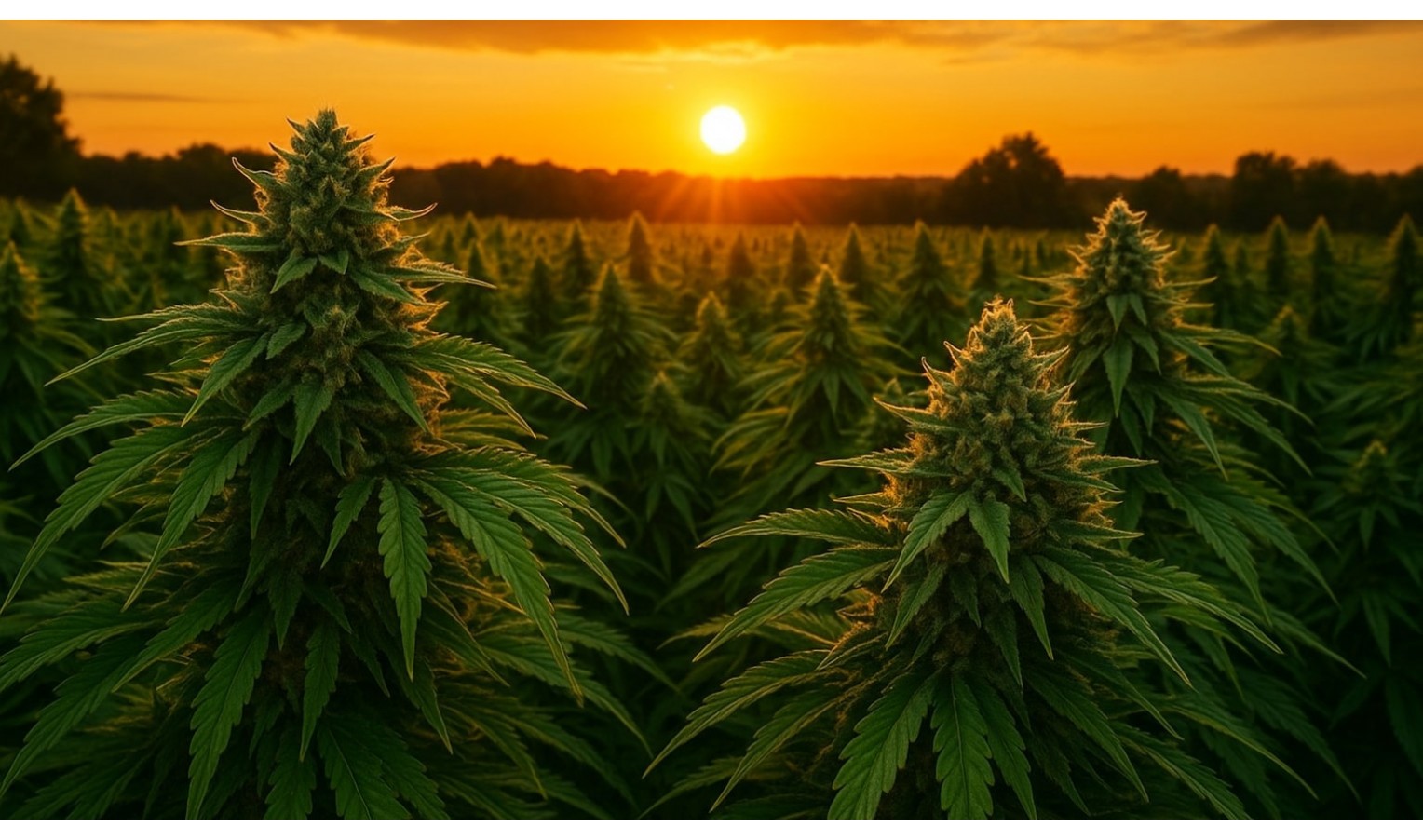
What is harvesting and why is it important to choose the right moment?
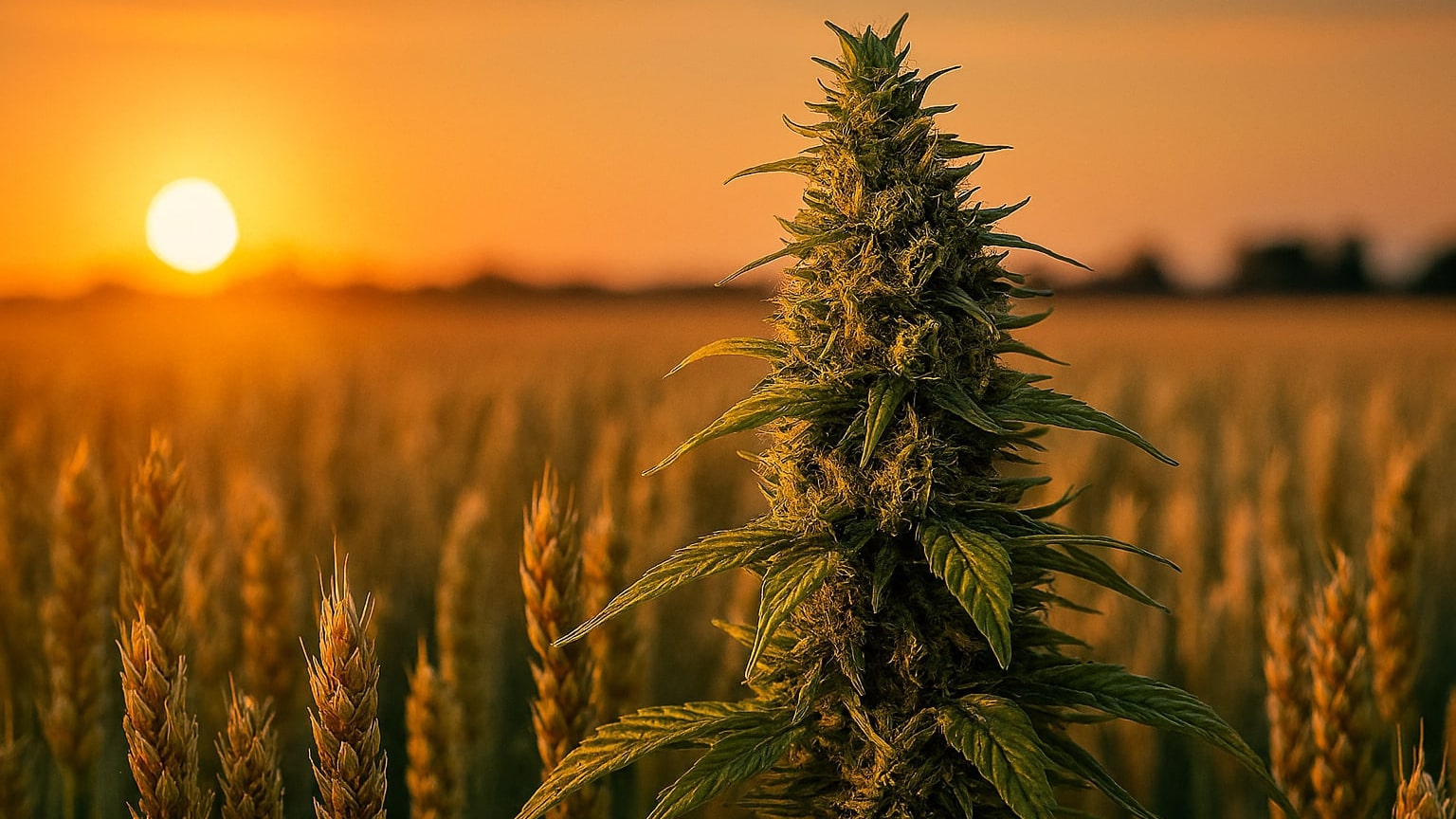
Sooner or later, every grower asks themselves when it's time to harvest and when to pick cannabis to get the best quality and effect. Harvesting is the final and most important stage of the entire cultivation cycle. It determines not only the weight and density of the buds, but also the concentration of cannabinoids, taste, aroma, and even the nature of the effect.
Understanding when to harvest cannabis comes with experience, but there are also clear biological guidelines. During the harvest period, the plant completes its life cycle and its trichomes reach peak maturity. It is at this point that the active substances—THC, CBD, and terpenes—are at their highest levels, which means it is the ideal time to harvest.
Temperature and humidity play an equally important role in cannabis cultivation. These parameters directly affect how evenly the plant matures. If the temperature is too high, the trichomes can dry out and lose their aromatic oils, while excessive humidity increases the risk of mold in the last weeks of flowering. The optimal conditions are a stable temperature of 20–24°C and humidity of 40–50%. It is under these conditions that the bush develops resinous buds and reaches natural maturity.
Experienced growers note that the optimal harvest time often depends on the type of plant. Autoflowering varieties go through all stages faster, so the harvest time for autoflowers comes earlier — approximately 8–10 weeks after germination. Photoperiod varieties, on the contrary, take longer to mature, and the moment when to harvest cannabis is determined not only by external signs, but also by the light cycle.
Thus, the ideal harvest is a combination of observing biological signs, maintaining an optimal microclimate, and understanding the characteristics of the variety. Only with the right temperature and humidity when growing cannabis can you achieve the moment when the buds reach their full potential, and the marijuana harvest becomes truly productive.
Signs of maturity and how to determine the readiness of hemp
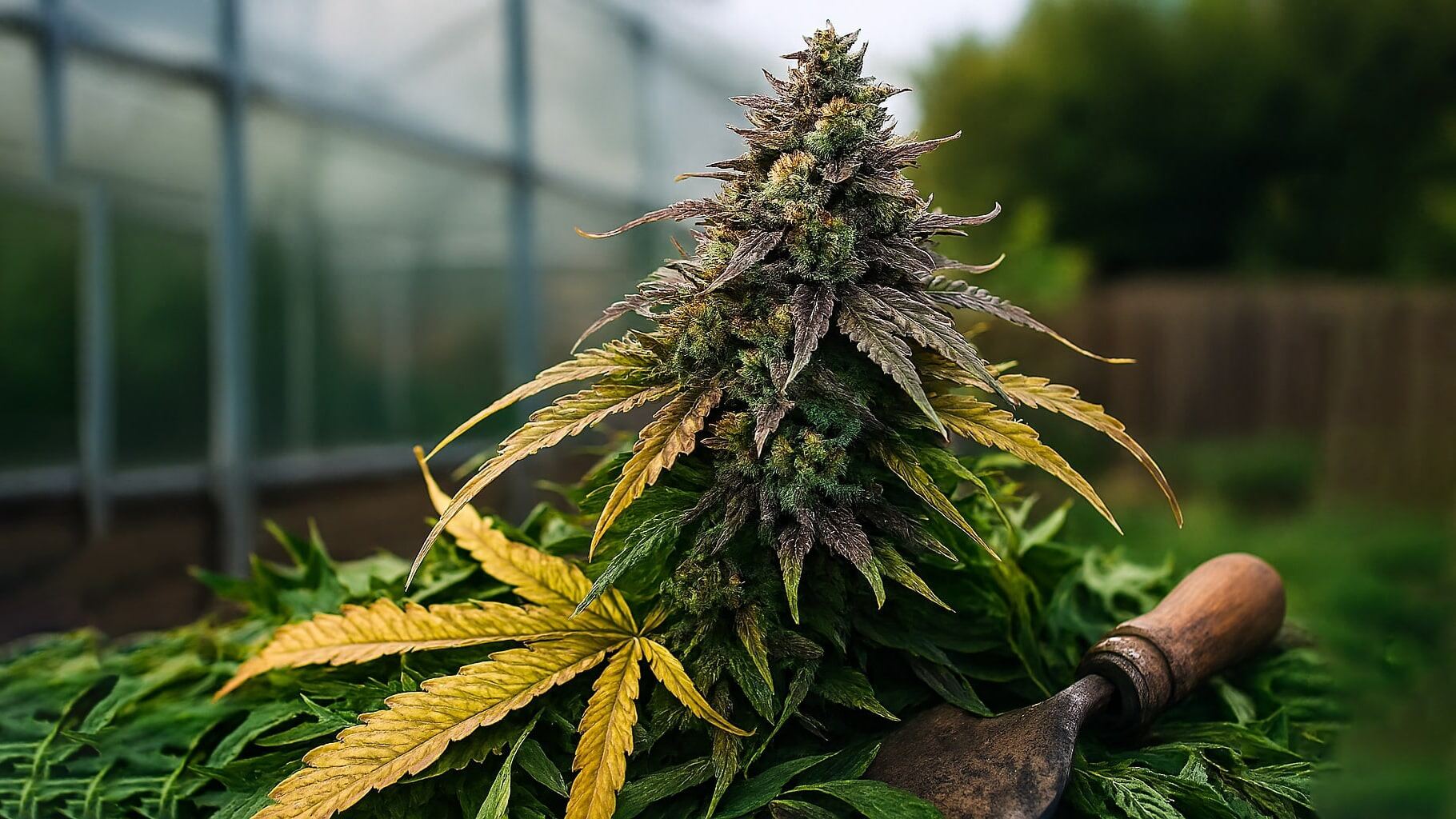
To understand exactly when to harvest cannabis and not miss the ideal time for harvesting, you need to carefully monitor the external signs of the plant. Correctly determining the maturity of cannabis trichomes helps to preserve the taste, aroma, and maximum THC content.
The main task of a grower is to learn to recognize the signs of cannabis maturity and distinguish the peak of readiness from the early or late stages. This is influenced not only by the biological characteristics of the strain, but also by the cultivation conditions, including the lighting used for cannabis growing, as well as the humidity level and temperature in the grow box. A lack of light can slow down the ripening process, while powerful, stable lighting helps the buds develop a resinous structure and rich aroma.
To determine how to tell when cannabis is ready for harvest, look for the following signs:
- Change in trichome color
Transparent trichomes indicate that the plant has not yet reached maturity. When they turn milky white, you can prepare for harvest time. Amber trichomes indicate that the cannabis has reached peak maturity and the active substances are in balance. - Pistil color
At the beginning of flowering, the hairs (pistils) are white, but closer to harvest, they darken and turn brownish-red. When about 70-80% of the pistils have changed color, it is the optimal time to harvest. - Aroma and density of buds
The approach of harvest is accompanied by a more intense aroma and denser buds. If the buds have become dense, sticky, and covered with a layer of resin, it means that you can start harvesting the cannabis. - Use of magnifying tools
To accurately determine the maturity of trichomes, it is recommended to use a magnifying glass or microscope. This will allow the grower to see how transparent or cloudy the glands are and choose the right moment to harvest the cannabis buds.
The criteria may vary slightly for different types of plants. For example, when harvesting autoflowering cannabis, the focus is on a faster cycle, usually 8–10 weeks. Photoperiod varieties, on the other hand, require more time and attention, as their maturation directly depends on the light period.
Thus, by observing the plant and analyzing its visual characteristics, you can accurately determine the maturity of the cannabis and choose the best harvest time without losing quality and yield.
How growers choose the optimal timing and avoid mistakes
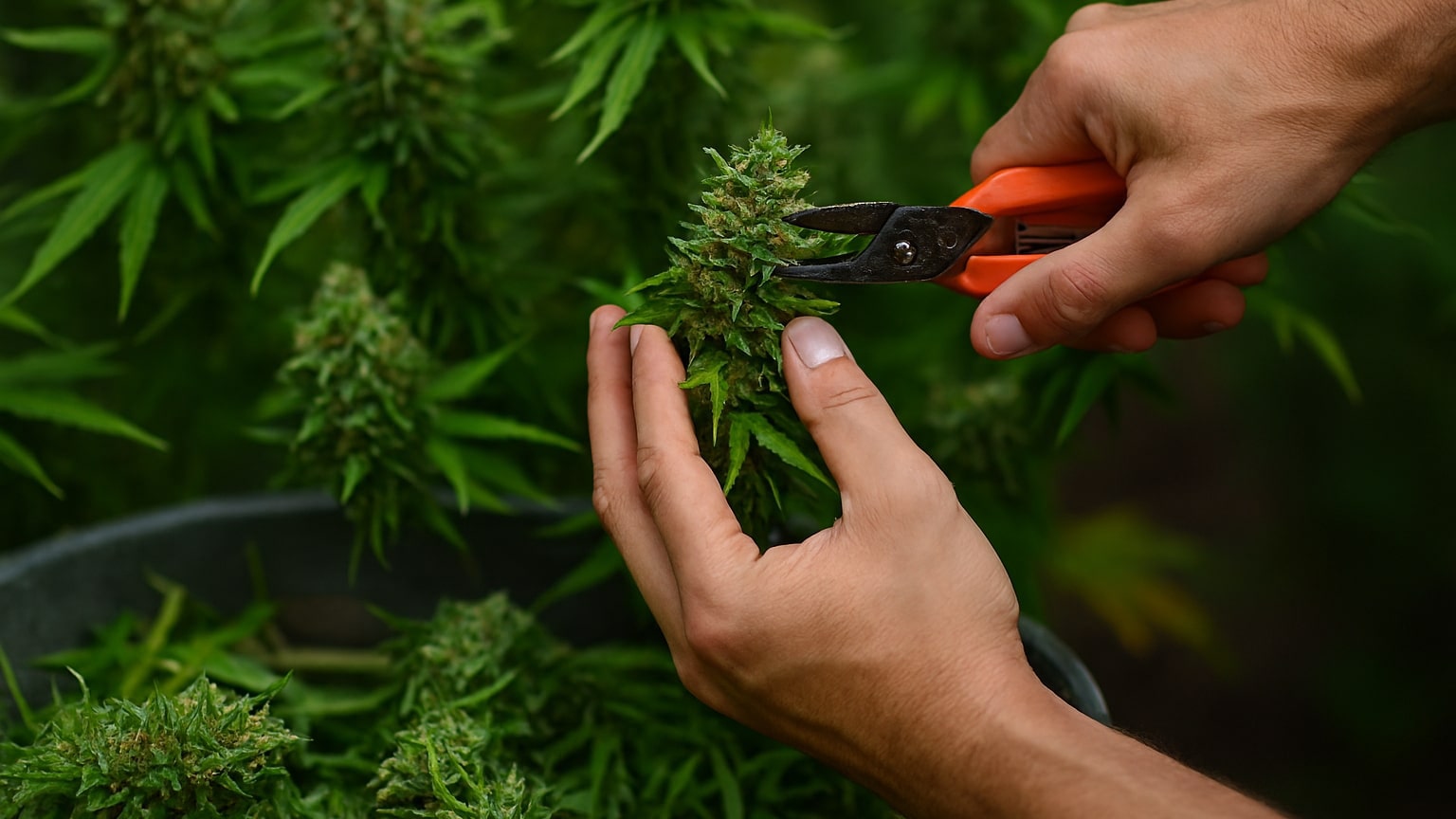
Even experienced growers don't always know exactly when it's time to harvest, because every strain is unique. A mistake of just a few days can change the taste and effect of the finished crop. Therefore, it is important to consider not only the signs of cannabis maturity, but also the general growing conditions—nutrition, microclimate, and lighting regime.
One of the key factors affecting the ripening and harvesting time of buds is plant nutrition. Many novice growers are interested in what fertilizers marijuana needs at different stages of growth. The answer is simple: it all depends on the phase. During the vegetative period, plants need more nitrogen, and during flowering, they need phosphorus and potassium, which promote the development of resinous and dense buds.
| Growth stage | Basic fertilizers | Impact on harvest |
| Vegetation (3–6 weeks) | Nitrogen (N), calcium, magnesium | Promotes active growth and development of leaves |
| Flowering (6–10 weeks) | Phosphorus (P), potassium (K), trace elements | Increases resin production, bud density, and aroma |
| Flushing before collection (1 week) | Only water, no fertilizers | Removes salt residues, improves taste and smoke purity |
When choosing the optimal harvest time, it is also worth considering external conditions. When growing outdoors, it is important to monitor the weather so that you can harvest the cannabis before the cold weather or rain sets in. Indoors, everything is simpler—the grower controls the temperature, lighting, and humidity themselves.
If the grower is unsure about when to harvest, they should focus on the condition of the trichomes and the overall health of the plant. Harvesting marijuana too early will result in lower THC levels, while harvesting too late will lead to excessive degradation of cannabinoids.
The main secret to a perfect harvest is balance. The right fertilizers, stable lighting, and careful observation of the plant will help you choose the best harvest time and get the highest quality buds.
This text is for informational purposes only and does not contain instructions for cultivation. Any actions involving plants of the Cannabis genus must comply with the laws of your country/region.

